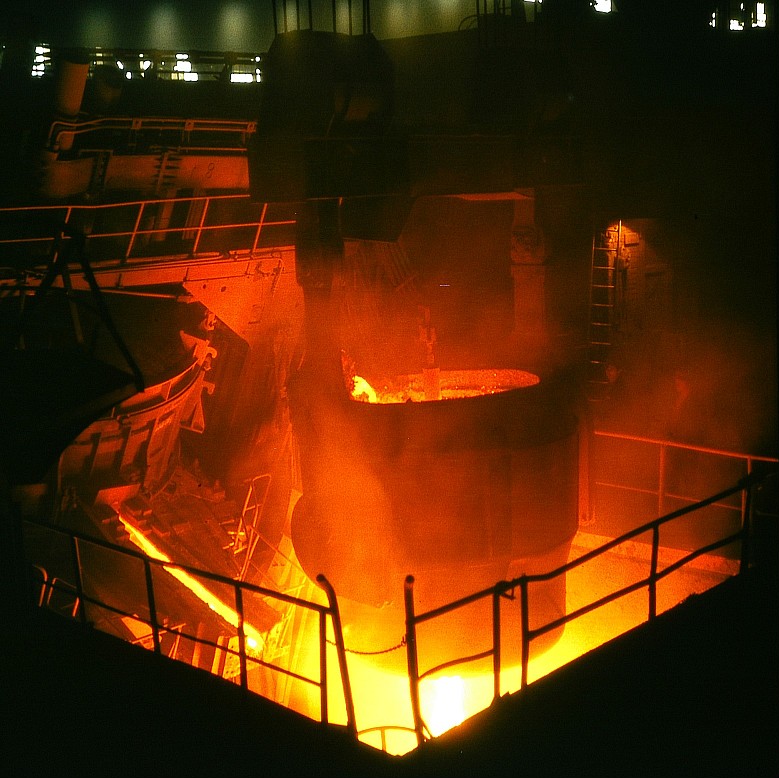316, 304, 308 stainless. What's the difference?

Hi all, welcome to my GEEK Post on Stainless. What are these numbers and what do they mean?
Stainless Steel comes in pretty much 3 main categories, Ferrite, Martensitic and Austensitic. Both Ferrite and martensitic are magnetic. We are going to be looking at 3 Austensitic (non magnetic) Stainless Steels that you will often see the numbers of which are regularly thrown about.
What do the numbers relate to?
The 3 numbers we are looking at, 304, 308, 316, are all part of the 300 series of grades for Stainless Steel. There are many many others, but for mailing purposes these are the 3 you will see noted.
Deutsche Fotothek, CC BY-SA 3.0 DE, via Wikimedia Commons
 304 Stainless
304 Stainless
304 Stainless is pretty much an aerospace spec grade wire. Has amazing strength, durability and cold working ability, which means its great to bend and manipulate without breaking. Perfect for us maillers.
308 Stainless
308 Stainless is pretty much the same as 304, with only a slight genetic makeup difference, which I will go on further in the evaluation.
316 Stainless
316 Stainless is often referred to as Surgical Steel. Because of its anti corrosion effects in Saline solution (salt water) and is classed as a specific Marine grade stainless.
ArnoldReinhold, CC BY-SA 3.0 Unported, via Wikimedia Commons
Why does chosing the right Stainless matter?
As most of you are aware, there are a certain amount of people that are allergic to Nickel. Nickel is a pretty nasty metal, but is needed to make many Steels behave in a certain way. (Way to geeky to go into for a maille thread) However all of these Steels makeup means that the "leech" of Nickel from the Steels are pretty minor.We shall talk about the main difference between 316 and 304 first.
As I said above 316 is classed as Surgical Steel, BUT only because of its ability to be corrosion resistant to salt water. Salt water over time on Steel causes pitting as the salt eats through various parts that makes up Steel. However 316 has a compound called Molybendium, (2%) which helps greatly reduce this process. Without the pitting, bacteria will build up less in the pit marks, making it Surgical appropriate. HOWEVER 316 actually has a much higher Nickel content than 304,(up to 15%) which is where there can lead to a Nickel allergy occurring. 304 has between 8 to 10% max Nickel in it, PLUS has a higher Chromium content than 316 that also helps stop the Nickel "leach" occurring.304 v 308
There is such a minor difference in the make up between these 2 that it's hard to give you a detailed difference, other than the fact 308 has a slightly higher Nickel content than 304, about 1 to 2% max. Where you will find the difference is in the maliability of 304 v 308. 308, despite only minor composite difference, is actually a lot harder to manipulate than 304, making larger gages pretty tough going on the wrists over extended use and twisting.Conclusion
Pros and cons exist in all, however, the main notable difference between the 3 for mailing purposes are as follows:- 304 - Great for manipulation, cheap to get hold of and has the least amount of Nickel in it, and shines up amazingly, making it a great jewellery grade Stainless.
- 308 - Is harder to get hold of, may be a little more expensive, will not polish up as well as 304 but for added strength may be better for Armour.
- 316 - Is amazing, easy to work with like 304, but has a slightly higher Nickel content. Would recommend jewellery to be made out of this if its a 24/7 worn by a surfer or diver. As over a prolonged period 304 will dull off due to the micro pitting caused by salt water.
Final note:
I often see an L after the numbers, what does that mean?All the L denotes after any stainless, means it has a lower Carbon content, and will be slightly easier to manipulate than the standard grade. You may (pretty rare) see an H after the number, this denotes a higher Carbon level, and will be tougher to manipulate than the standard.
I hope you find this post not to geeky😆😆😆 but gives you a better understanding into the behaviour of Steels and uses through only a minor change in the genetic makeup and composition of material.
Simon Fryer
(Chainmade)
